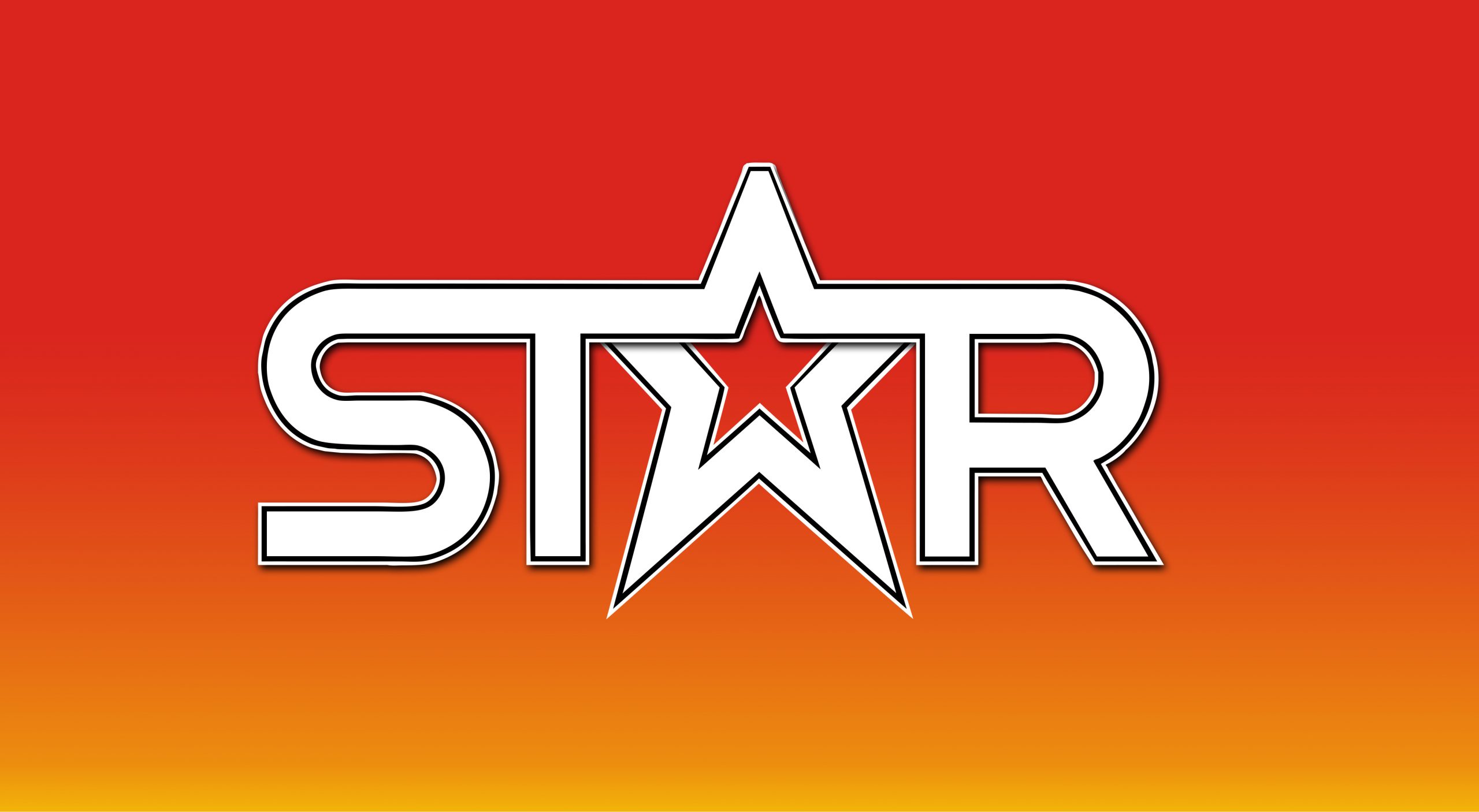There are a number of different types of steel materials. Each can be formulated to suit specific applications, and most appear in many types – stronger or more tactile, with larger resistance to corrosion or better suited for welded. Some may be treated with fireproofing chemical substances too.
Steel’s most common use is in engineering, particularly buildings just like towers, girders and bridges. It’s also used in concrete reinforcement pubs, and in non-structural building items like metal cladding, roofing and purlins. Steel can withstand a whole lot of pressure, has fair resistance to shear forces and is relatively inexpensive.
Other uses consist of industrial accessories and equipment. Low co2 steel, which has a carbon content of up to zero. 3%, is commonly known as gentle steel. It is tough nonetheless flexible and is easily welded. Medium co2 steel provides a higher strength yet lower ductility, and is typically found in equipment and railroad tracks. High-carbon steel includes a higher tensile strength (ts) and hardness, and can be utilized to produce suspension springs and sharp chopping tools including brick fingernails or toenails.
There are also a variety of alloy steels with exceptional properties, like Tungsten Metal (Wolfram). This dull gold metal incorporates a low melting point, although is very good https://mark-solutions.com/what-would-you-rather-spend-money-on-brick-or-mortar and resistant to temperature, corrosion and wear. Is considered often used along with cobalt, pennie and iron to make a steel aluminum that has a very high burning point and excellent high temperature resistance. You will find additional information regarding different types of material in our various other steel courses or on Thomas’ Distributor Discovery platfrom.



